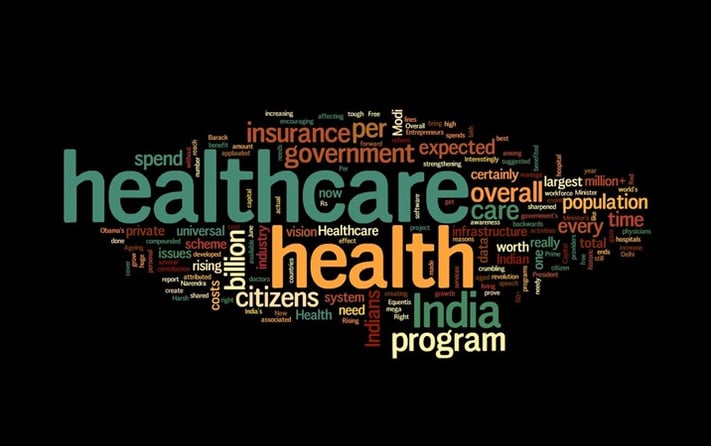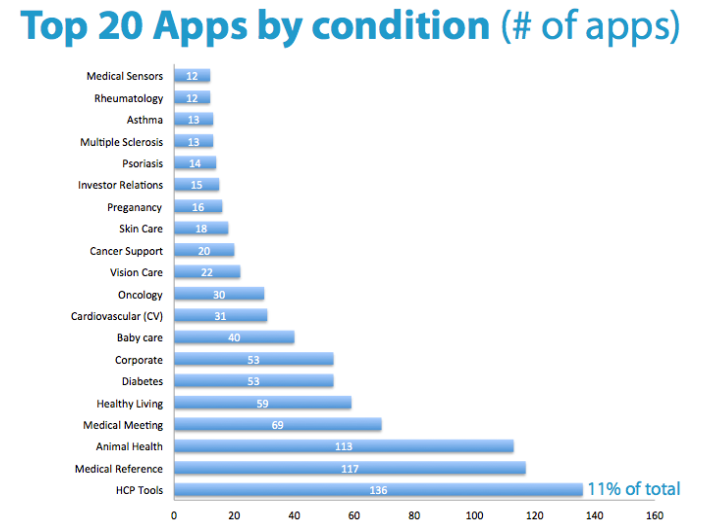
“Viva La Revolucion” the application of this phrase is too readily seen with Che’s uprising Revolution in Cuba. However, recently we have seen certain technology led industry changes that are causing revolutions around the globe, especially on mobile technology. And the industry that has been most pleasantly struck by this technological Viva La Revolucion is the Healthcare industry.
There are many factors that are affecting transformation of healthcare industry, but much of it seems to begin with “what else”?
Smartphones and other mobile devices that have proliferated the consumer market in a new manner.
In addition to this, mobile technology has become ubiquitous in healthcare. HIMSS report gives data that 93% of physicians use mobile apps daily to influence patient care. There are many contributing factors which also decide the popularity of the mobile devices. This includes their affordability and ease of portability through which access of patients information and conducting medical tests has increased with lower cost.
We have noticed three waves in the mobile app evolution:
# Maturing apps for assisting care providers, these are more informal in nature
# Evolving apps for supporting patients which could be either active or passive
# Emerging apps for care monitoring, this involves real-time data capturing
With the research on patient using medical app, mobile apps have got star ratings in improving living quality and reduced lot many expenses.

Apps generally integrate with the workflow delivering information when they need it. A report suggested that “App enabled healthcare ranges from patient monitoring to mobile ultrasound services. As per the functional complexity vision care apps are leading followed by medical sensors and specialized ones for cancer support, psoriasis, baby care etc.”
The global mHealth market has the potential to reach at $40.5 billion up to 2018 also same report says that electronic health has potential to grow by 20% in next five years. The rate at which mobile apps are growing it is predicted to worth $20 Billion in US alone by 2017.

Addressing the workflow is not only advantage mobile apps can provide us. It can further change the nature of interactions with patients, capture information about patient’s physiologic, lifestyle and environmental factors which can help aid them.
The blast of inbound data from sensors and devices will create new doors for healthcare services providers. Today’s healthcare services and business models are ill-suited to a system dominated by an influx of patient data. There is an anticipated need to manage inbound data to create a new set of companies focused on data management.
What is the patient's point of view?
For patients, the most important thing is their convenience. Some patients with chronic conditions such as diabetes or asthma can now monitor their health from their home without thinking of transportation and high cost.
For providers, it is the ability to make informed decisions faster for improving its outcome. Perhaps what customer find most appealing about medical apps is the patient-centric approach, which gives them power to handle their requirements.
It’s all about using the technology in such a way where, the solution coming out is favourable to both- patients and providers. This is the right time to use the technological opportunity and bridge the gap between patients and caregivers before it is too late!
For more such posts on healthcare, subscribe to our blog and we will keep you posted.




